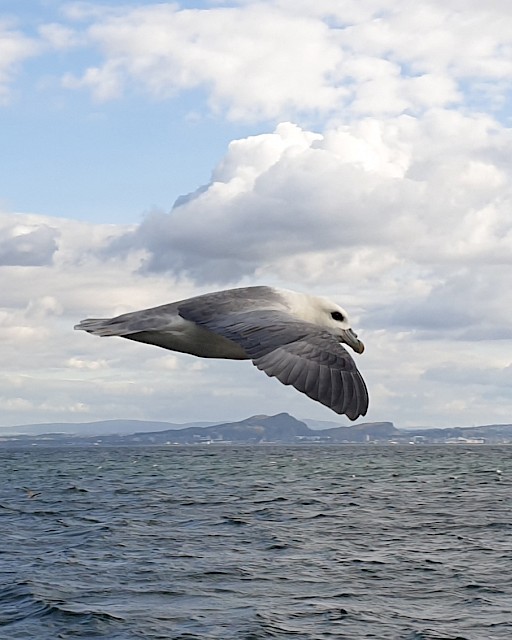Seabed litter
More dense litter items sink when they enter the marine environment and therefore it is essential to assess the amount of litter on the seafloor, as well as that washing ashore or floating on the surface, to get a complete picture. To do this OSPAR has developed an indicator using information on litter caught during fisheries survey trawls to assess the relative distribution of litter on the sea floor. In future years, when a longer data series has been recorded, it will also be possible to assess trends in the relative abundance of seafloor litter over time.

Litter from the seafloor caught during a fisheries survey trawl ©Cefas
The most recent assessment of seabed litter was published in 2022 and contributes to OSPAR's Quality Status Report 2023, a holistic assessment of the state of the marine environment of the North-East Atlantic. This showed litter is widespread on the seafloor across the areas assessed, with fisheries-related items and plastics the predominant items encountered. The Bay of Biscay and the Iberian Coast had a higher probability of litter collected than both the Greater North Sea and Celtic Seas. In the Greater North Sea, the probability of litter collected has increased.
This could be due to larger anthropogenic inputs, rivers, prevailing winds and / or currents. Previous studies have shown the Bay of Biscay to receive large amounts of litter from local rivers and transport that may result from large-scale circulation in the sub-region as a whole. Floating and sinking litter also follow different pathways, and gather in different hotspots, which do not necessarily overlap. For example, the beach litter hotspot in the Skagerrak is not replicated in the seafloor litter.
Data, maps and legends available here
QSR2023 - Smoothed map of the probability that hauls contain a litter item for OSPAR Regions II, III and IV in 2019 :




